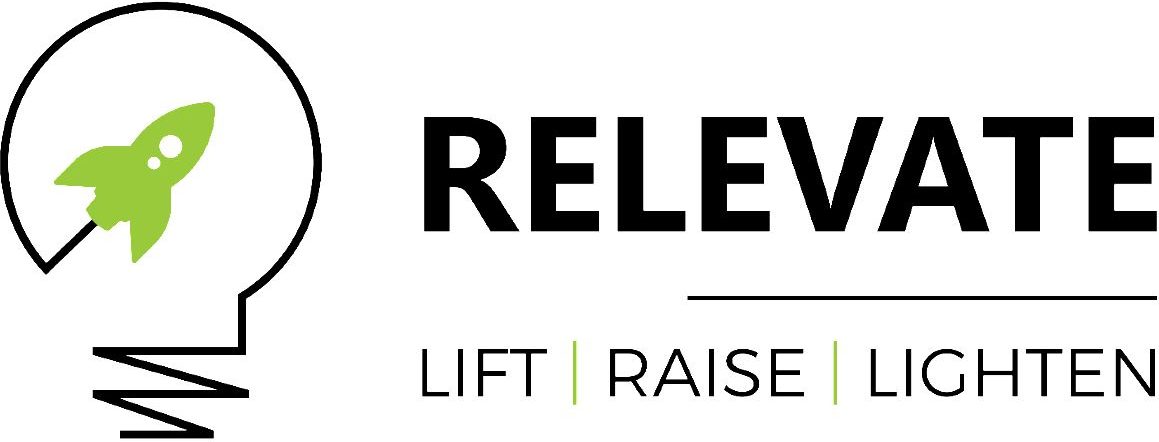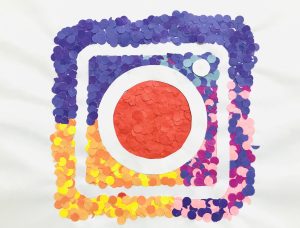What does superior customer service really mean to you as an organisation? It can mean going the extra mile for your customers, even if there’s no additional reward in it. It can also mean continually providing the same excellent level of service over and over again, no matter what the circumstances.
One simple way to surprise and delight your customers is to show appreciation for their patronage. It’s not enough to provide the service — after all, your customer’s hard-earned dollars are what keeps you in business. Saying thank you is a perfect way to go above and beyond to tell your customers exactly how much you appreciate them.
But it’s more than just a nice thing to do. The benefits of saying thank you go far beyond having good manners. There’s scientific research that tells us this is true. Let’s take a closer look at why you should say thank you to your customers, how you should do it, and how it can have a compounding effect to turn your customers into your personal representatives, free of charge.
What Does a Thank You Mean in Customer Service?
Think of your customer’s experience with you in terms of a “customer journey.” From the second they have a problem that needs to be solved, to the time they realise you’re the one who can solve that problem, to the time you’ve resolved it, you and the customer are on a journey together. It’s a multi-part process.
First, your customer has to begin researching solutions to a given problem. This can be done via the Internet or through more traditional methods. Next, your customer will discover you as a potential answer to their problems. This is where marketing and advertising come into play — hopefully, you can communicate to them why your solution is the best one they can choose. Finally, they purchase from you.
Excellent customer service is required at every step of this journey to ensure the customer wants to partner with you as their solution. But their journey doesn’t end with a purchase. It extends beyond that as well. Once the customer has chosen to buy from you, they may also need to follow up for additional guidance on how to use your product or service. You’ll also want to tell them they’re appreciated and that you recognise that they chose you out of all the potential companies or brands they could have chosen.
So how do you show this appreciation? You quite literally thank them. Studies have shown that saying thank you can significantly improve your relationships with others. There’s no reason this principle won’t apply to your customer.
But how do you say thank you in a way that maximises not just the appreciation you show, but also the response you receive from the customer in return?

The power of reciprocity
Saying thank you is a nice touch. But giving your customer a physical manifestation of your appreciation is an even stronger play. There’s research to back that up.
In his seminal work on the social science of persuasion titled Influence, Dr. Robert Cialdini writes about the six principles that salespeople use to influence the opinion of their customers. One of those principles is the principle of reciprocity — the act of giving a small gift or token of your appreciation. One example that Cialdini recounts is from a place most of us have gone at one point or another: a restaurant. As you’re settling up your bill, your server will often bring you a small gift such as a mint. A study found that including a gift help raise the server’s tip exponentially.
There’s power in providing a small token of your appreciation as a way to say thank you. What better way to do that than by giving your customer a thank you card or a brownie? You can even provide your customer with the card before they purchase. It doesn’t just leave the customer feeling appreciated — it also gives them something to hold onto that they can then, in turn, appreciate as well. It will make them want to reciprocate the positive feeling you’ve transferred to them. These can be very effective tools of persuasion.
There are many ways they can reciprocate — ideally, they’ll become a repeat customer. But there’s one other possibility as well: they may become an advocate of your company.
How to turn a customer into your advocate
So you’ve moved through the customer journey with them. You provided them with a genuine, beautifully written thank you card that provides a personal touch. Your customer mentally commits to doing business with you again as soon as they can.
But who’s to say the customer journey has to end there?
By delighting your customer and going above and beyond their expectations, you can then turn them from a customer to an advocate. They’ll want to sing your praises from the rooftops. They’ll share their great experience with their friends, families, and coworkers. They’ll rush to leave good reviews online. They’ll create social media posts talking about how happy they were with your service that will spread the word of your great work far and wide. Without paying them, you’ll turn them into your latest and greatest sales reps.
The best part about this? Your delighted customers’ testimonials are more powerful than any marketing or advertising campaign you could come up with. You can craft all the clever ads you’d like, but nothing will move the needle with helping you grow your customer base like the word of other satisfied customers.
In short: don’t end your customer’s journey prematurely. Be sure to follow up with a thank you. Science tells us that a sincere note of gratitude can go along way to building goodwill from your customers. This, in turn, will lead these customers to promote your brand to other customers. All of this can be accomplished through great service and simple thank you card to show appreciation.
Interested in learning more about how to help build your business and brand? Relevate knows the tools and processes that can help take you to the next level. For more on how we can help, contact us today.








